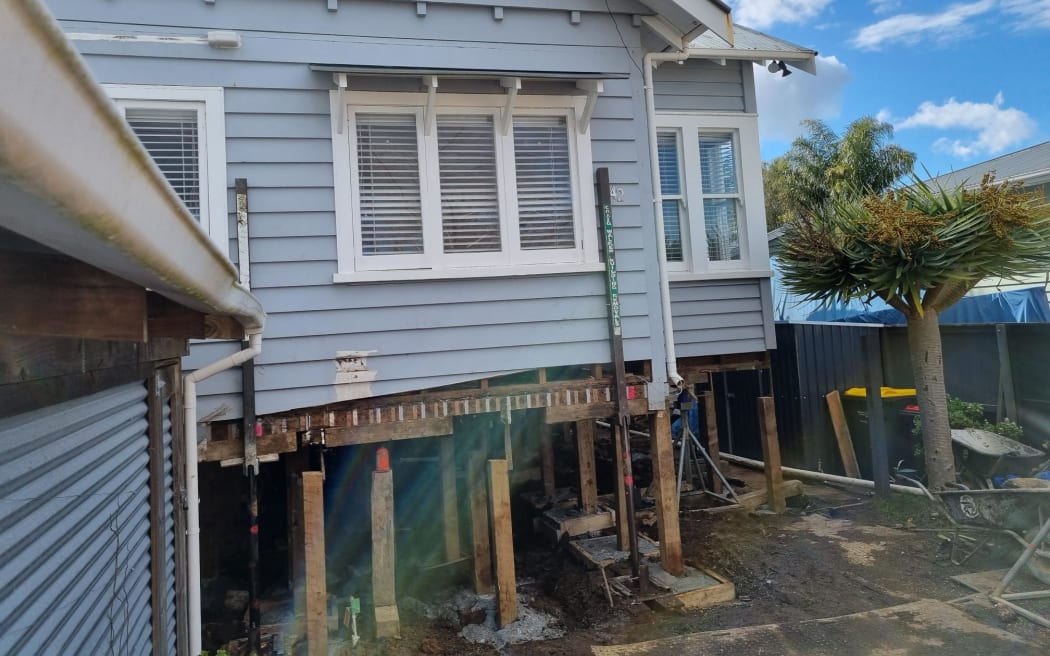Lifting houses could be one option to deal with rising tides and flood waters, according to a report ffrom NIWA.
The research by cost construction experts WT partnership found for buildings that are wooden and have piles lifting them two metres off the ground could provide more cost effective flood mitigation than constructing a new building.
NIWA coastal and estuarine physical processes scientist Dr Christo Rautenbach led the study.
He said it would provide another option for homeowners who lived in coastal lowlands who wished to stay in their property as long as possible.
Some residents in Auckland are already raising their houses as result of this year's extreme weather events.
Rautenbach said the report found lifting some timber and pile construction houses by up to 2m could be more cost effective than building a new house.
But the costs of doing this were dependent on a lot of factors, he said.
It was also important to consider whether any flooding would cause damage to the infrastructure leading up to the house, as well as the house's original cost, he said.
"So if your house is already kind of old or really dilapidated is it worth lifting it?"
Rautenbach said how someone valued a home was not always just based on monetary considerations.
"It could be that your connection to the land is so strong that you're like 'okay monetary-wise it may be more cost effective to move, but I really don't want to abandon where I live'."
Raising houses was not a solution to sea level rise but it could be an option to buy some time while proper adaptation plans were considered, he said.
NIWA's Future Coast Aotearoa study focused on rural landscapes rather than urban areas and different communities were at different levels of risk, he said.

An Auckland house that is being lifted by about 800mm after being flooded during Cyclone Gabrielle. Photo: Supplied
"So for example if you're close to a river or estuary mouth, you're at threat from both oceanic driven and river driven flooding and the compound of it - so these things can also occur together."
The ground was also moving and in some places it was going up, while in others it was moving down, he said.
It was impossible to put a number on how many houses might benefit from being lifted at this point, he said.
"But almost all low lying communities behind seawalls, behind dune systems in coastal lowlands, will have to start thinking about coastal adaptation options."
It was heartening that many councils and regional councils across New Zealand were being proactive in planning how to deal with such problems, he said.

